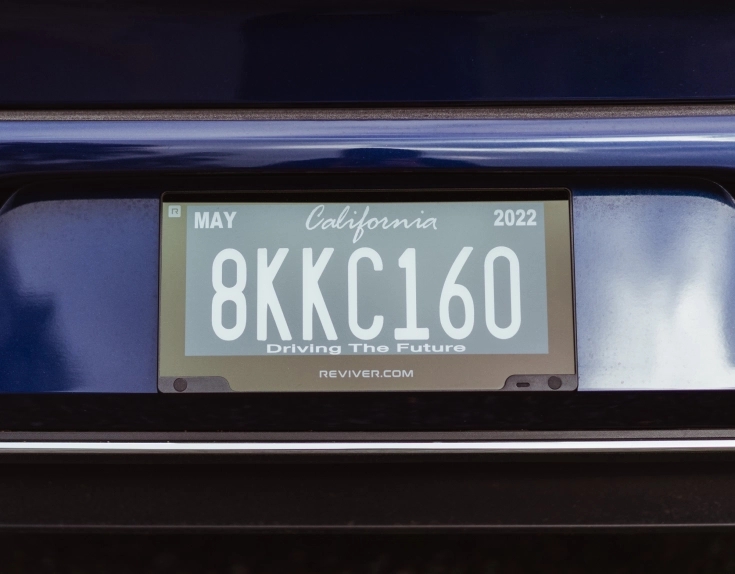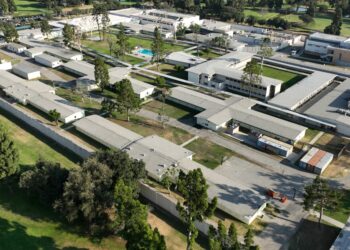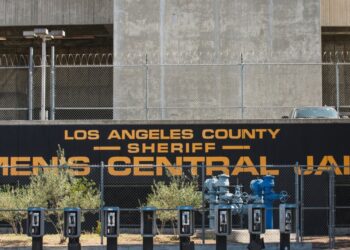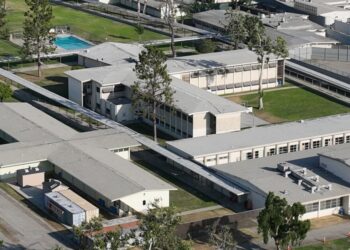Q. Dear Honk: Recently I noticed two Teslas in a parking lot with no front license plates. Both appeared to have rear light-up plates – at least there were plate-sized rectangles on the rears of the cars, but they were solid black. They did not look like brackets for mounting the plates, as they were approximately three-fourths of an inch thick. I assumed they were light-up plates, and I also assumed they would remain visible when the motor is off. I did not want to get too close and have someone think I was doing something I should not have been doing.
– Rob Friedrich, Lomita
A. Good idea to stay away, Rob, this lovely world goes whacky way too often.
The Teslas should have had front plates – that is the law, no matter if the owners don’t like the look.
As to those rectangles, well, sounds like there simply weren’t any license plates back there on the rear ends.
For now, the only light-up license plates allowed in California, which are called digital license plates for some reason, are made by Reviver, which calls its products RPlates.
“The RPlates are always visible,” said Sarah Malone, a spokeswoman for the company based northeast of Sacramento. “While the brightness of the plate decreases when the vehicle is turned off, the plate is always visible.”
And that is a good thing.
“Any legal plate must be visible at all times, whether or not a vehicle is in operation,” Ronald Ongtoaboc, a DMV spokesman, told Honk.
Back to the Reviver plates: They are black and white with a matte appearance and are powered by battery or the vehicle’s electrical system.
The Department of Motor Vehicles only lets one RPlate go onto each vehicle, Malone said: “Reviver advises that users implement the digital plate in the rear and the (standard-issue) metal plate in the front.”
Q. My driver’s license is up for renewal in April. I haven’t received a renewal notice in the mail and I’m more than 70, so I’m supposed to take a written test. Is the…
Read the full article here







